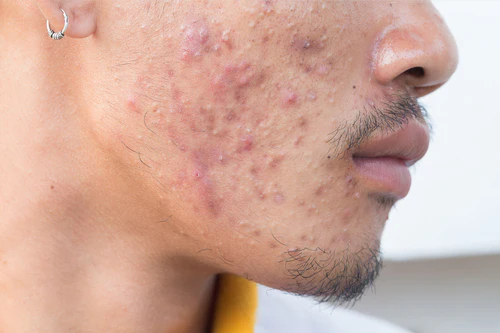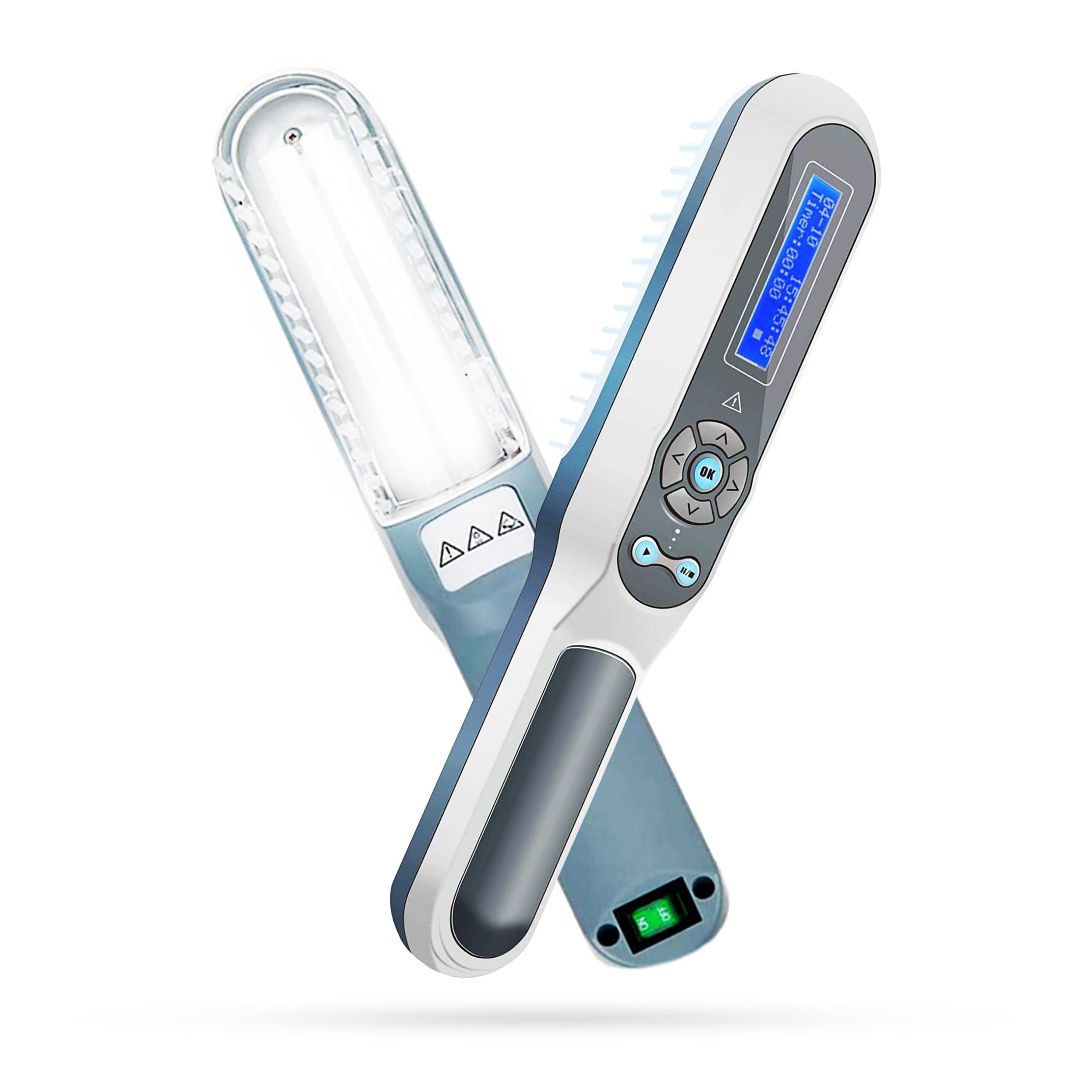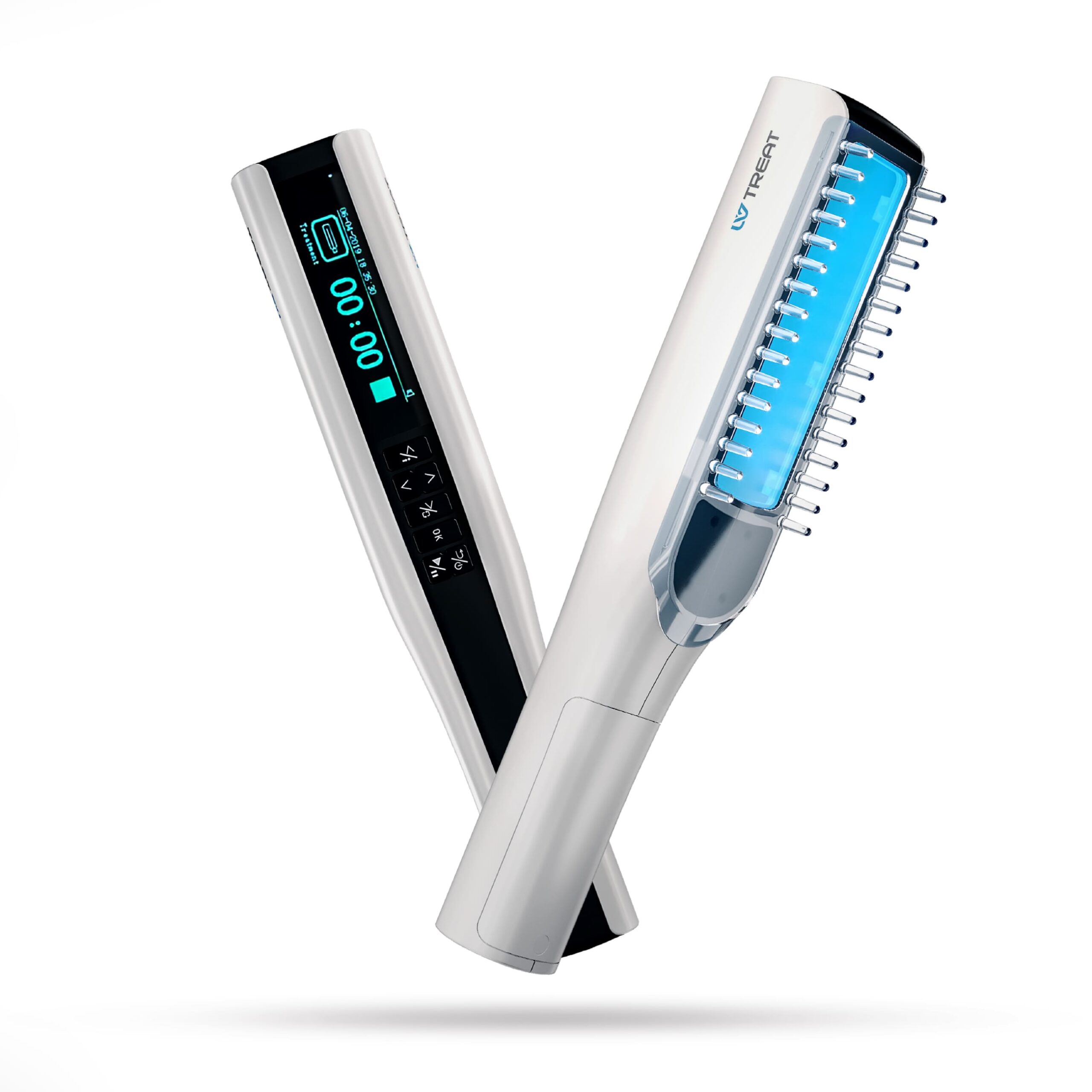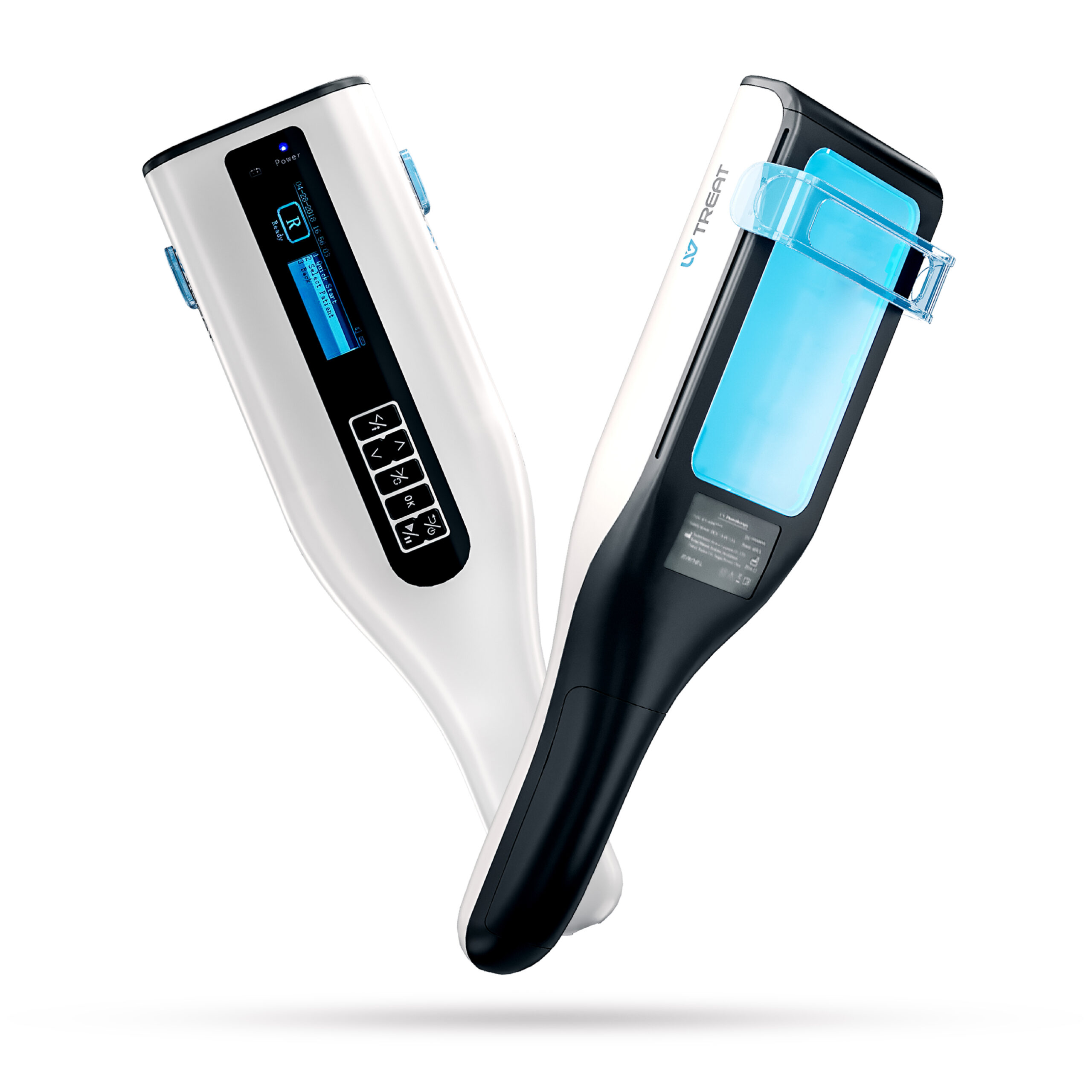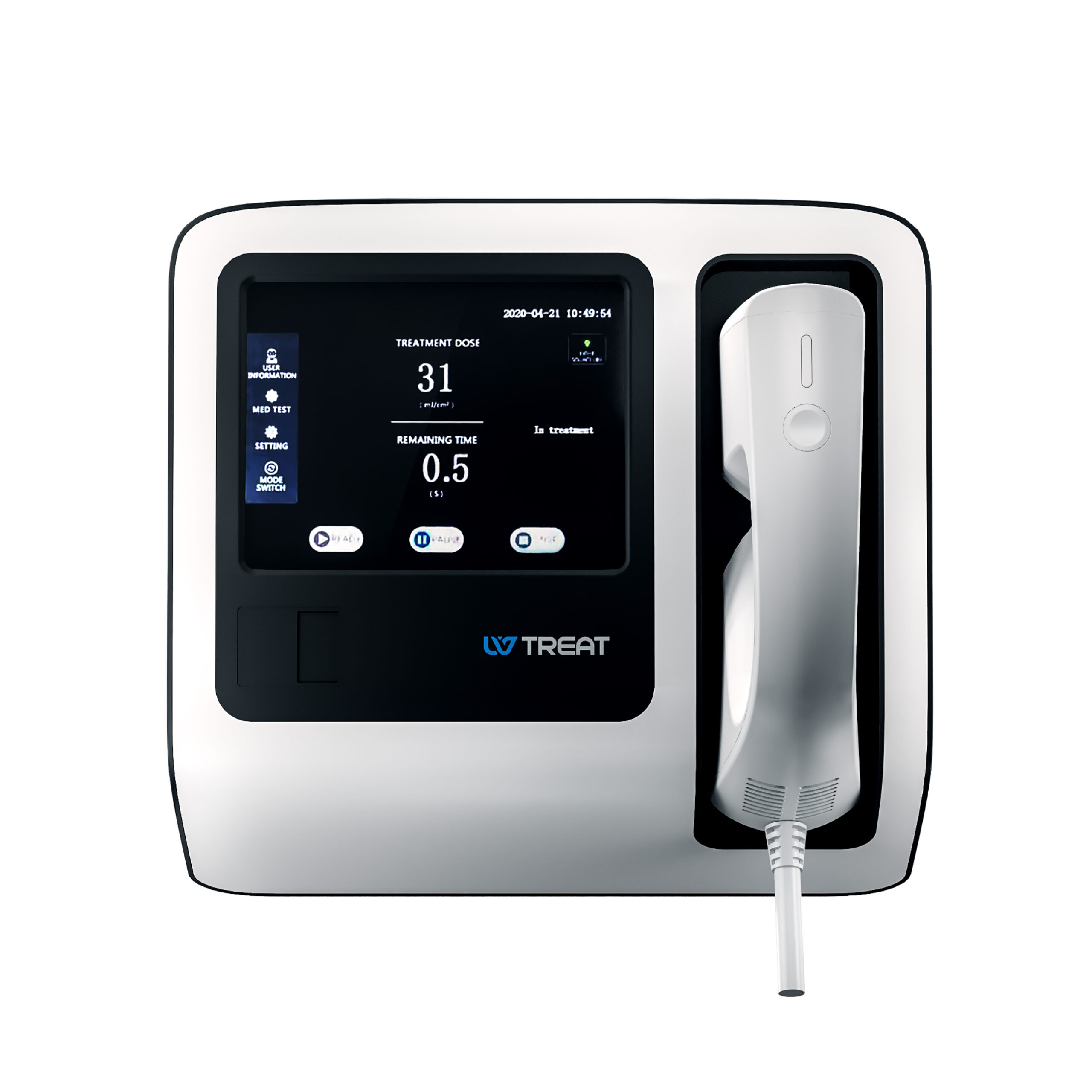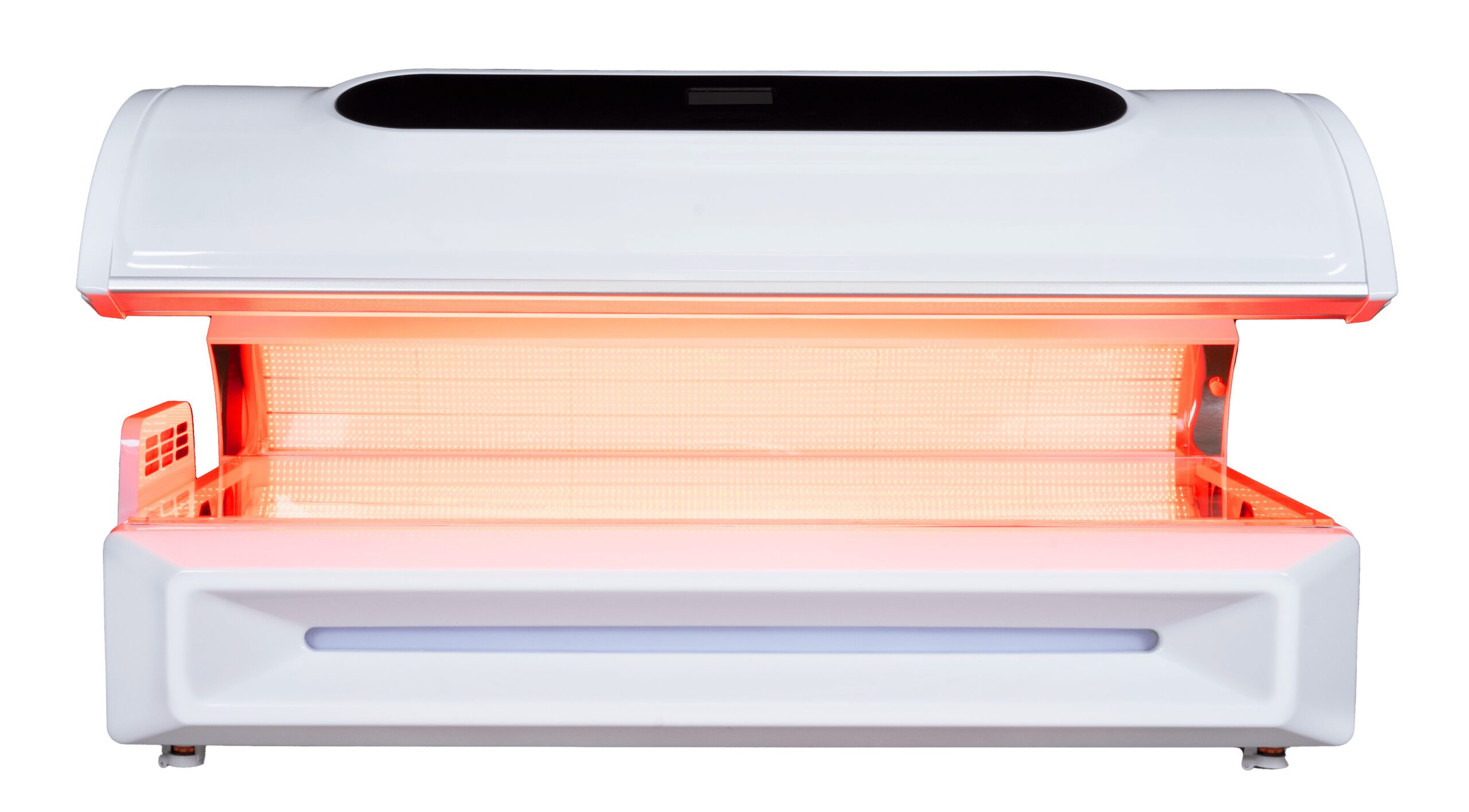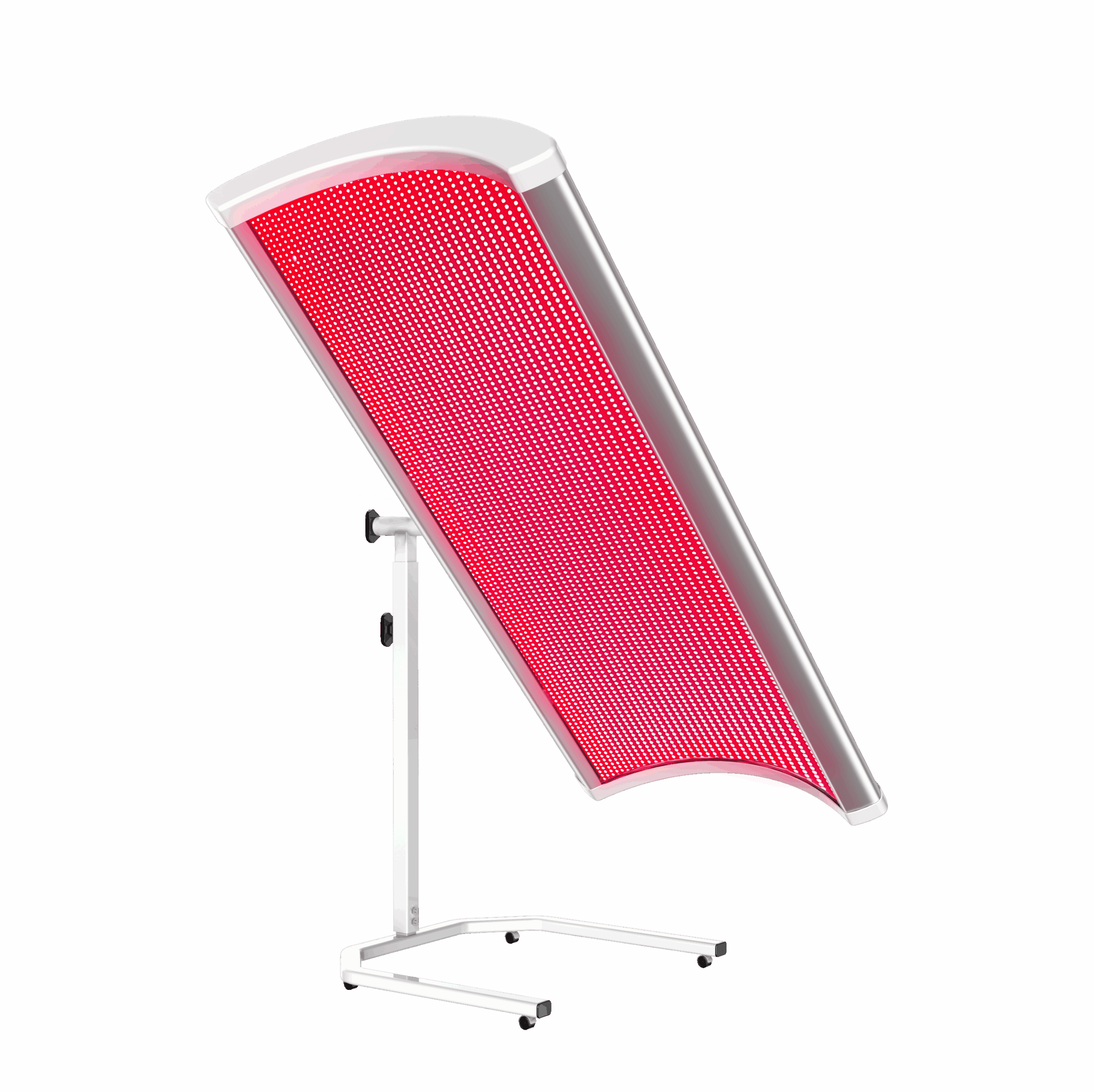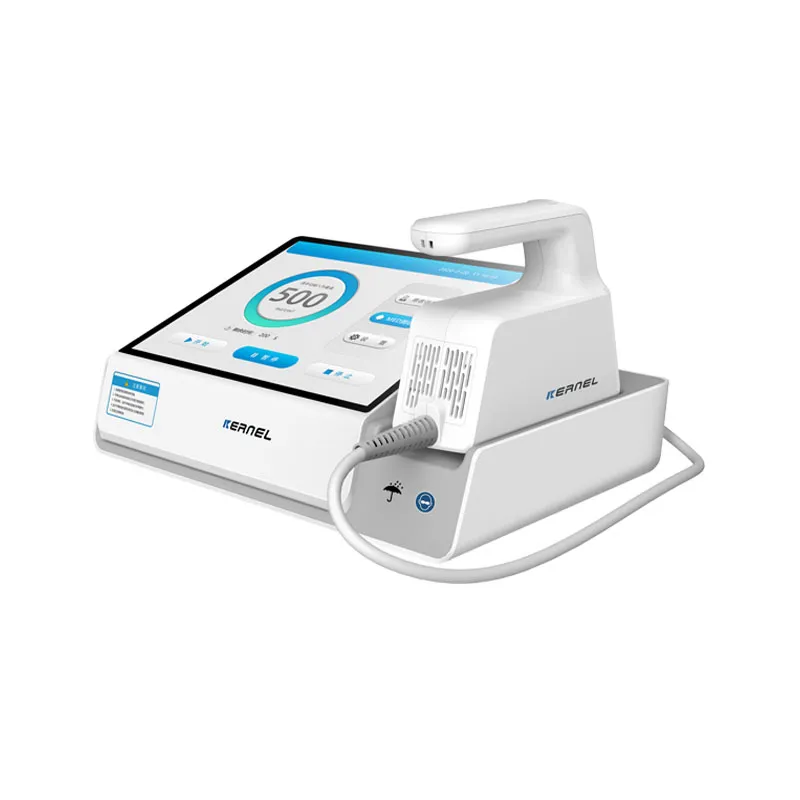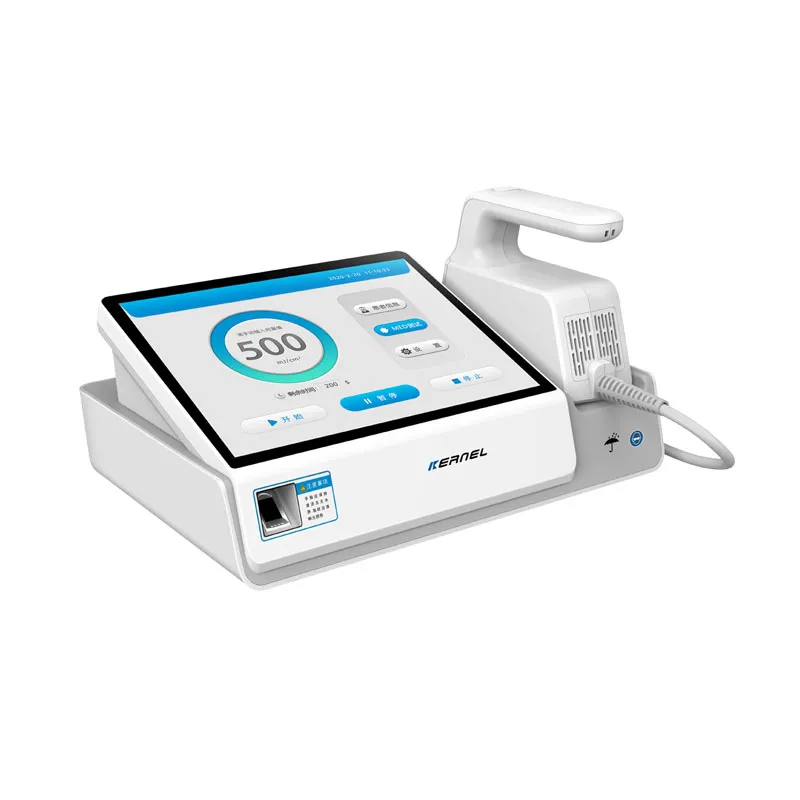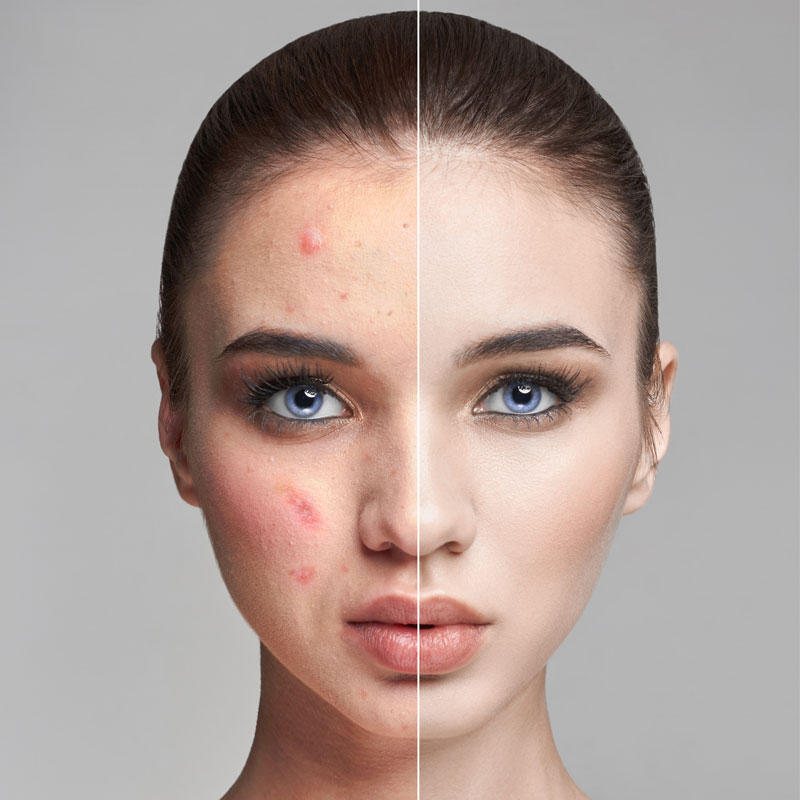Acne is one of the most common skin concerns worldwide, and while the breakouts themselves may eventually clear, the acne scars they leave behind can be more persistent. Many people wonder if these scars will fade on their own or whether professional help is required. The truth is that while some post-acne marks can improve naturally, true scars often need targeted treatment to achieve smoother, clearer skin. Understanding the difference between marks and scars—and exploring available acne scars treatment options—can help you choose the right path toward healing
Do Acne Scars Go Away?
Acne scars are often a lingering reminder of past skin struggles, and whether or not they fade over time can depend on various factors. While some scars may diminish naturally, others may require intervention to significantly improve their appearance. Understanding the type of scars and the available treatments can help in managing acne scarring effectively.
Why Does Acne Leave Scars?
Acne scars form as a result of inflammation at the dermal layer of the skin. When a pore becomes inflamed, it can swell, break through the follicular wall, and affect surrounding skin tissue. The body attempts to repair this damage by forming new collagen fibers. If the body produces too little or too much collagen, it’s likely to leave a scar. The severity and type of scarring are influenced by genetic factors, the depth of inflammation, and how well the wound heals.
Why Does Acne Leave Scars?
Acne scars form as a result of inflammation at the dermal layer of the skin. When a pore becomes inflamed, it can swell, break through the follicular wall, and affect surrounding skin tissue. The body attempts to repair this damage by forming new collagen fibers. If the body produces too little or too much collagen, it’s likely to leave a scar. The severity and type of scarring are influenced by genetic factors, the depth of inflammation, and how well the wound heals.
Types of Acne Scars
Acne scars are typically categorized based on how they heal and appear on the skin. They can generally be classified into two main types: atrophic scars, which form as depressions or indentations in the skin, and hypertrophic scars, which are raised above the skin’s surface. Understanding these types can help tailor treatment options more effectively.
Acne Atrophic Scars
Atrophic scars are the most common type of acne scars and result from a lack of tissue. They appear as small indentations on the skin and are subdivided into three main categories: ice pick scars, boxcar scars, and rolling scars. Ice pick scars are narrow, deep, and often difficult to treat, while boxcar scars are broad with sharp edges. Rolling scars have a wave-like appearance, resulting from bands of scar tissue forming under the skin.
Acne Hypertrophic Scars
Hypertrophic scars are less common and occur when excess collagen is produced during healing. These scars are raised and often confined to the boundaries of the original acne lesion. Unlike keloids, which can also occur in response to acne, hypertrophic scars do not extend beyond the initial injury site. These scars can be more prevalent in individuals with darker skin tones due to differences in collagen formation and skin healing response.
Hyperpigmentation from Acne
Post-inflammatory hyperpigmentation (PIH) is a common consequence of acne, especially in darker skin types. It manifests as dark spots where acne lesions have healed. While not technically a scar, PIH can be mistaken for acne scarring due to its lingering presence and its ability to affect the skin’s appearance. PIH usually fades over time but can take months or years without treatment.
Do Acne Scars Go Away on Their Own?
The potential for acne scars to fade on their own varies with the type of scar and the individual’s skin healing capacity. Mild and superficial scars, such as rolling scars, may improve over time as the skin naturally regenerates. However, deeper atrophic and hypertrophic scars may not fade significantly without intervention. The use of certain topical treatments and home care routines can assist in softening the appearance of scars over time.
How to Get Rid of Acne Scars
Treating acne scars often requires a multi-faceted approach that can involve topical treatments, procedures, and sometimes surgery. Selecting the most appropriate method depends on the type and severity of scars, as well as skin type. Consulting with a dermatologist who specializes in scarring is advisable to design a tailored treatment plan.
Resurfacing Treatments
Resurfacing treatments aim to improve skin texture and appearance by encouraging new skin growth. Techniques in this category include laser therapy, microdermabrasion, and chemical peels. Laser treatments, such as fractional CO2 laser, can stimulate collagen production and are particularly effective for atrophic scars. Microdermabrasion and chemical peels provide a more superficial exfoliation, promoting a smoother skin surface.
Topical Retinol Therapy for Acne Scars
Topical retinol and retinoids are over-the-counter or prescription treatments that can improve acne scars by increasing cell turnover and stimulating collagen production. Retinol helps to reduce the appearance of fine lines, hyperpigmentation, and minor textural irregularities. Regular use can, over time, enhance skin texture and blend shallow scars more seamlessly with the surrounding skin tone.
Injections for Acne Scarring
Injectable treatments like corticosteroids can help flatten hypertrophic scars by reducing inflammation and collagen production. Dermal fillers, on the other hand, can temporarily raise atrophic scars to skin level by adding volume. The effects of fillers are not permanent but can last several months, making them a practical option for people seeking immediate improvement without long-term commitment.
Surgery and Procedures for Treating Acne Scars
For severe acne scars, surgical options and procedures such as punch excision, subcision, and dermabrasion may provide significant improvements. Punch excision involves cutting out individual scars and is effective for ice pick scars. Subcision uses a needle to break up fibrous scar tissue beneath the skin, ideal for rolling scars. Dermabrasion removes the top skin layers, which can help smooth out surface irregularities. These procedures often require recovery time and carry certain risks, so consultation with a skilled dermatologist or plastic surgeon is essential.
How Are Acne Scars Treated?
Acne scars, especially on the face, often look like darkened or red blotches as well as small pits or indentations. These types of scars can be very difficult to treat. Topical scar treatments can help reduce pigmentation and soften the appearance of acne scars, but some scars will continue to be a problem.
More advanced methods include:
Fraxel® Dual Laser
This non-ablative laser targets pigmentation issues and textural irregularities. It stimulates collagen development to make your skin smoother and more even. It also triggers the production of healthy new skin cells and the shedding of old, damaged ones. Pigmentation and texture can both be addressed. Fraxel is best for more superficial scars, not deep, depressed scars.
VBeam Pulsed Dye Laser
Acne sufferers often develop redness that lasts long after an acne pimple fades. If you have acne scars accompanied by redness, VBeam can target the red discoloration. This can dramatically reduce the visibility of red acne scarring.
Conclusion
So, do acne scars go away? Post-acne marks such as dark spots or redness often fade with time and consistent skincare, but true acne scars—whether indented or raised—rarely disappear on their own. Fortunately, effective solutions exist, from at-home retinol creams to advanced scar removal procedures like laser therapy or microneedling. With the right approach and professional guidance, it’s possible to significantly improve skin texture, reduce scarring, and regain confidence in your complexion.
